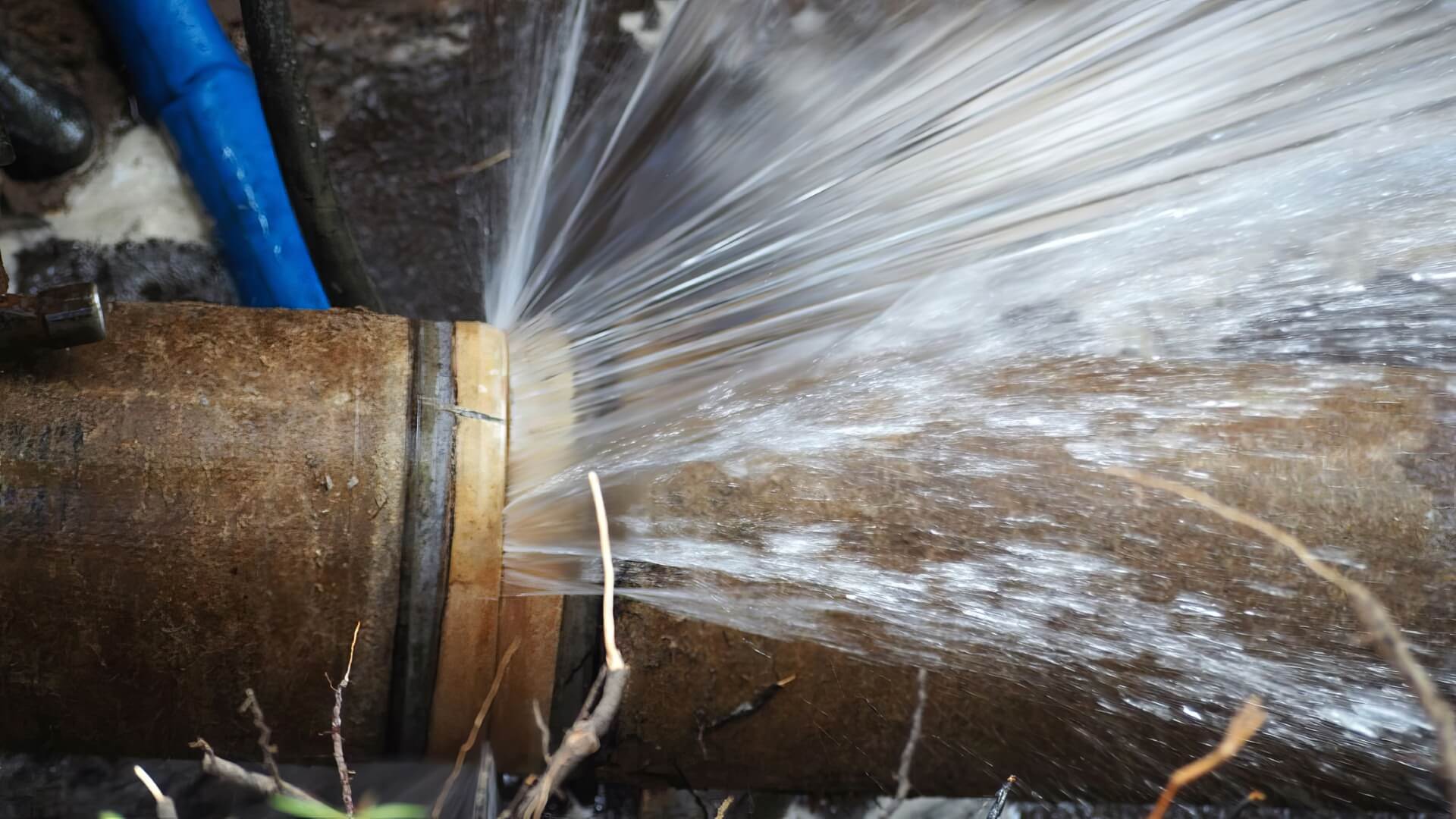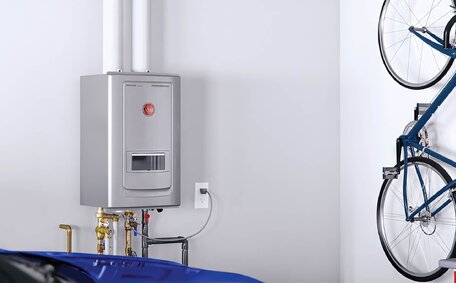Causes of Sewer Problems
Here are some of the most common causes of sewer problems:
- Tree roots - Roots from trees and shrubs can grow into sewer pipes, causing blockages. Tree roots are attracted to the moisture and nutrients inside sewer lines.
- Broken or damaged sewer pipes - Old, cracked, or broken sewer pipes allow dirt, debris, and roots to enter the sewer line, leading to clogs.
- Improper items flushed down toilets - Products labelled as 'flushable’ like wet wipes don’t break down and can collect to form a clog.
Sewer blockages from tree roots growing into sewer pipes or broken sections of sewer lines are major contributors to sewer issues. It’s critical to have a professional inspect and repair damaged sewer pipes before they become completely blocked.
Signs You Have a Blocked Sewer
Here are some telltale signs that indicate your sewer may be blocked:
- Multiple drains in your home start backing up - When one drain is clogged, others often back up as well due to the blockage in the main sewer line.
- Gurgling sounds from toilet or sink drains - You may hear bubbling or ‘glugging’ noises coming from blocked drains as sewage struggles to get through.
- Sewage odours in your home or yard - Foul odours wafting inside or outside can signal sewage backup due to a clog.
- Pooling water around drains - Sewage may start pooling around floor drains or overflowing from toilets or sinks.
- Very slow drainage from fixtures - Sinks, showers, and toilets may drain much slower than usual as clogged pipes restrict flow.
If you notice any of these signs, it likely indicates a major blockage in your home’s main sewer line. Contact a professional plumber immediately for sewer drain cleaning or repair before the clog results in sewage overflow into your home.
DIY Methods to Clear Clogged Drains
There are a few DIY methods you can try to clear out a clogged sewer drain before calling a professional:
- Use a sewer auger (drain snake) - Insert a 6-10 foot auger down your sewer cleanout access and rotate to break up and pull out debris. Take safety precautions.
- Try a plunger - Plunge a sink or tub drain vigorously to dislodge clogs.
- Flush with boiling water - Pour a kettle of boiling water down the drain to melt grease clogs.
However, extensive sewer clogs often require professional drain cleaning machines with high-pressure water jets or mechanical snakes that reach deep into main sewer pipes. DIY methods like sewer augers can clear partial clogs but may not fully remove severe blockages.
Hiring a Professional Plumber
When sewer problems arise, it’s highly recommended to call a professional, licenced plumber for assistance as soon as possible. Here are some key reasons why:
- They have the expertise to accurately diagnose the issue - Professional plumbers can conduct camera inspections, locate clogs, and determine if sections of sewer pipes need repair or replacement.
- They have specialised equipment - Plumbers have high-powered sewer jet machines, drain snakes, and other tools to clear severe clogs that DIY methods can’t resolve.
- They can prevent sewer emergencies - Plumbers can resolve the issue before the clog gets worse, avoiding a sewage backup, costly damage, or an environmental hazard.
- They offer emergency plumbing services - Reputable local plumbers like Quakers Hill Plumbing provide 24/7 emergency response for urgent sewer issues.
- They handle proper disposal - Plumbers will dispose of sewage in line with hazardous waste regulations.
Registered master plumbers are licenced, trained, and equipped to address blocked drains and sewer problems. If you suspect your sewer is clogged, contact emergency plumbing services like Quakers Hill Plumbing to prevent any backups before damage is done.
Preventing Future Blockages
p>p>p>p>p>p>p>
What to Do During a Sewage Overflow
If you experience a sewage overflow or backup on your property, it’s crucial to take immediate action to protect health and prevent environmental contamination:
- Keep people and pets away from the affected area to avoid contact with sewage and prevent the spread of bacteria.
- Wear waterproof gloves, boots, and protective clothing when cleaning up sewage.
- Place sandbags around floor drains and exterior vents to block the overflow.
- Turn off electricity and gas supplies if sewage has entered the home.
- Take photos for insurance and call your provider to file a claim for sewage cleanup costs.
- Ventilate the area well after the overflow stops.
- Use disinfectants to thoroughly clean all surfaces touched by sewage.
- Discard any contaminated items that cannot be disinfected.
- Contact your local water authorities and environmental agency to report the incident.
- Call a professional plumber to inspect and repair damage to your sewer line and prevent future overflows.
Sewage overflows are a public health hazard. Following proper safety procedures and contacting the relevant authorities is crucial to ensure the overflow is contained and your property is restored.
Importance of Overflow Relief Gullies
Overflow relief gullies (ORGs) are an important protective system installed around properties to prevent sewage backups and overflows from entering your home.
An ORG is a drainage system connected to the sewer line that sits just below ground level, typically installed around the perimeter of a home. If the sewer line becomes blocked and sewage starts backing up, the overflow will be diverted into the ORG instead of flooding into the house.
Having functioning ORGs installed is crucial because they:
- Prevent sewage overflows from entering living spaces, limiting health hazards and damage.
- Divert overflows away from your home’s foundations, avoiding structural issues.
- Reduce foul odours inside by channelling overflows outdoors.
- Protect landscaping and yard from being inundated with sewage.
Most councils and sewerage authorities require ORGs to be in place around properties before connecting to the sewer system. If your home does not have ORGs, or they become cracked or blocked, a sewage backup could easily flood into your home.
As part of ongoing home maintenance, have your plumber inspect your ORGs and sewer lines annually. Properly functioning ORGs provide invaluable protection whenever sewage lines become overwhelmed.
Maintaining Sewer Protection at Home
p>p>p>p>p>
Reporting Burst Pipes and Leaks
p>p>p>p>p>p>p>p>p>p>p>p>






